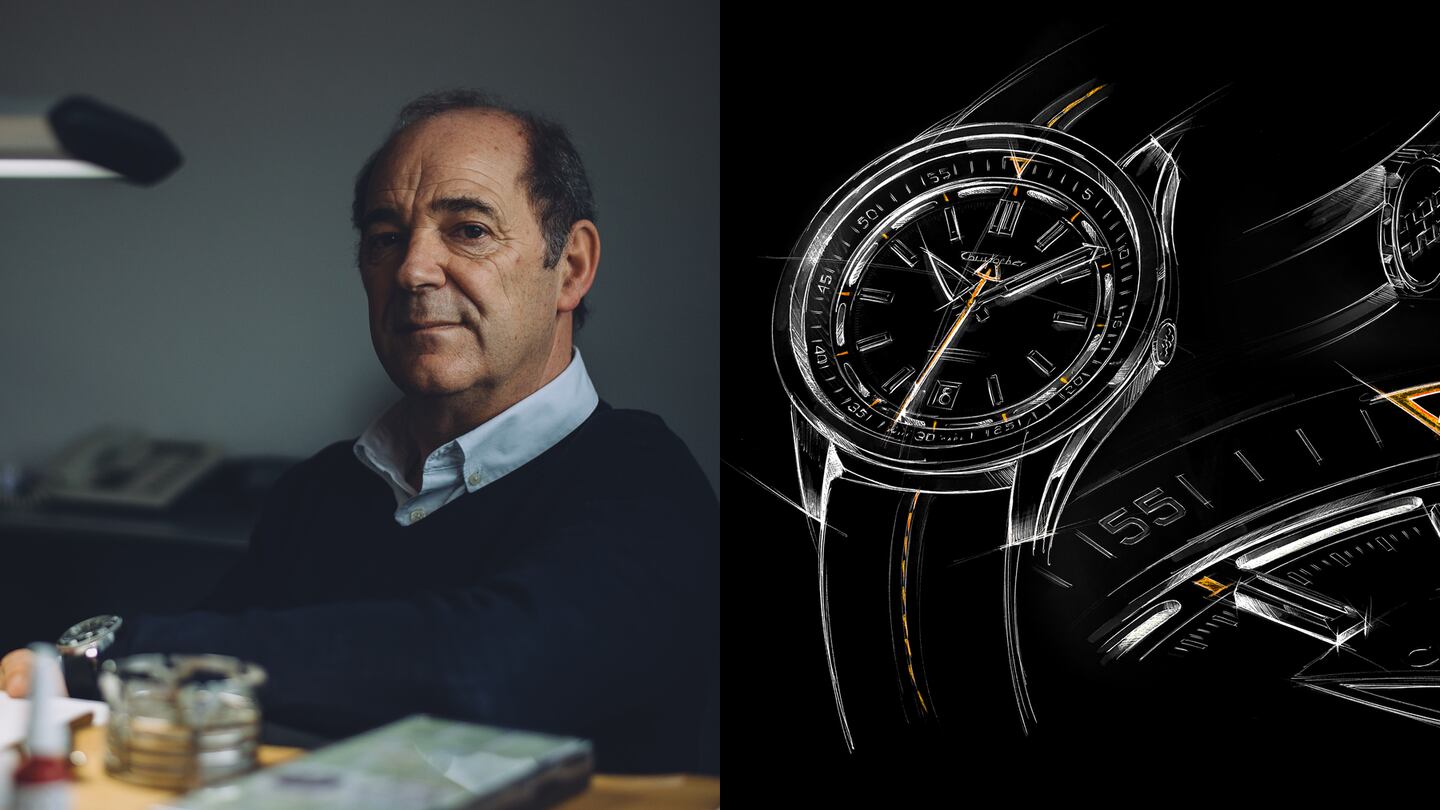
The Business of Fashion
Agenda-setting intelligence, analysis and advice for the global fashion community.

Agenda-setting intelligence, analysis and advice for the global fashion community.

 Opens in new window
Opens in new windowThis article first appeared in the special edition of The State of Fashion: Watches and Jewellery, co-published by The Business of Fashion and McKinsey & Company. To learn more and download a copy of the report, click here.
Mike France launched Christopher Ward with two partners in 2005, predating not only the arrival of Instagram but also the mainstream watch industry’s embrace of the digital direct-to-consumer business model. The company vertically integrated with its Swiss manufacturing partner Synergies Horlogères after a 2014 merger, and by 2021 Christopher Ward was one of the largest UK-based watch brands, counting around 25,000 orders a year. Crucially, it remains an entirely online business — save for one showroom just outside London.
The DTC strategy that France pursued for years proved especially fruitful in 2020, when sales increased 30 percent year-over-year thanks to consumers migrating to e-commerce during the pandemic and a big marketing push that paid off. Though Christopher Ward’s first-mover advantage is no longer as strong as it once was when the DTC market was less crowded, France says he knows what he needs to focus on for the brand to remain distinctive. “Just because you’re in an industry that isn’t as obviously sexily technological as others, that doesn’t mean innovation isn’t as important. In some ways, [it’s even] more important,” he says.
BoF: As the online market for watches becomes more competitive, how does that impact your customer acquisition strategy?
ADVERTISEMENT
Mike France: It’s not about paid advertising as much as it is about content in the right places. It can take six months from first discovering a Christopher Ward watch to buying one. And during that journey, customers will do research in all sorts of different places, including our own website, our own social channels, but also the websites of other outlets and other media channels. Making sure that you’re in that conversation is important, and that wasn’t something that people were thinking about 15 years ago [when] advertising was a much simpler thing.
What kind of data do you have on your customers and how does that play into personalisation and other strategies?
People talk about personalisation. It’s one of those buzzwords that we band around, but, if you just reflect on the relationships you find interesting in your own life… then think about it from a commercial plan perspective, often the two things run pretty closely in parallel. [So] we have this rich database that we communicate with on a regular basis, sending out very detailed questionnaires asking for quite intimate details about their lives. Incredibly, we have thousands upon thousands of responses and that helps us then construct the sort of articles that we will put into [our in-house] magazine [called Loupe]. It also helps us determine the sort of watches that they might be interested in as well as where they are, where else they’re going, what forums they visit, what sort of [media they consume]. But these days it’s much more about where they’re going online. All of this information they readily give to us which is really valuable.
The casualisation trend is gaining traction in watches. How do you see this impacting the industry?
The smartwatch is going to be with us forever, but I think there’s room for both. The younger generations have rediscovered their wrists, and when they become [wealthier], they get better jobs, they look to separate themselves from everybody else in some way. And for many, that’s not very easy because we all dress the same these days and all of our cars look pretty much the same. Watches are one of the few places that we have left to say what sort of person we might be. I think this is why men, in particular, are becoming more and more interested in collecting mechanical watches.
This interview has been edited and condensed.
The inaugural edition of The State of Fashion: Watches and Jewellery report co-published by The Business of Fashion and McKinsey & Company forecasts a shake-up in priorities for hard luxury as well as different recovery scenarios across geographies and consumer segments. To learn more and download a copy of the report, click here.
BoF Professionals are invited to join us on July 13, 2021 for a special live event in which we'll unpack findings from the report. Register now to reserve your spot. If you are not a member, you can take advantage of our 30-day trial to experience all of the benefits of a BoF Professional membership.
Explore the six seismic shifts from the report:
The Future of Watches:
The Future of Jewellery:
Click here to explore more from this special edition report, including executive interviews.
As the French luxury group attempts to get back on track, investors, former insiders and industry observers say the group needs a far more drastic overhaul than it has planned, reports Bloomberg.
After growing the brand’s annual sales to nearly €2.5 billion, the star designer has been locked in a thorny contract negotiation with owner LVMH that could lead to his exit, sources say. BoF breaks down what Slimane brought to Celine and what his departure could mean.
Balenciaga’s deputy CEO Laura du Rusquec will replace Andrea Baldo as the Danish brand aims to elevate its image.
This week, more luxury brands will report first-quarter results, offering clues as to how broad and how deep the downturn is going to get.